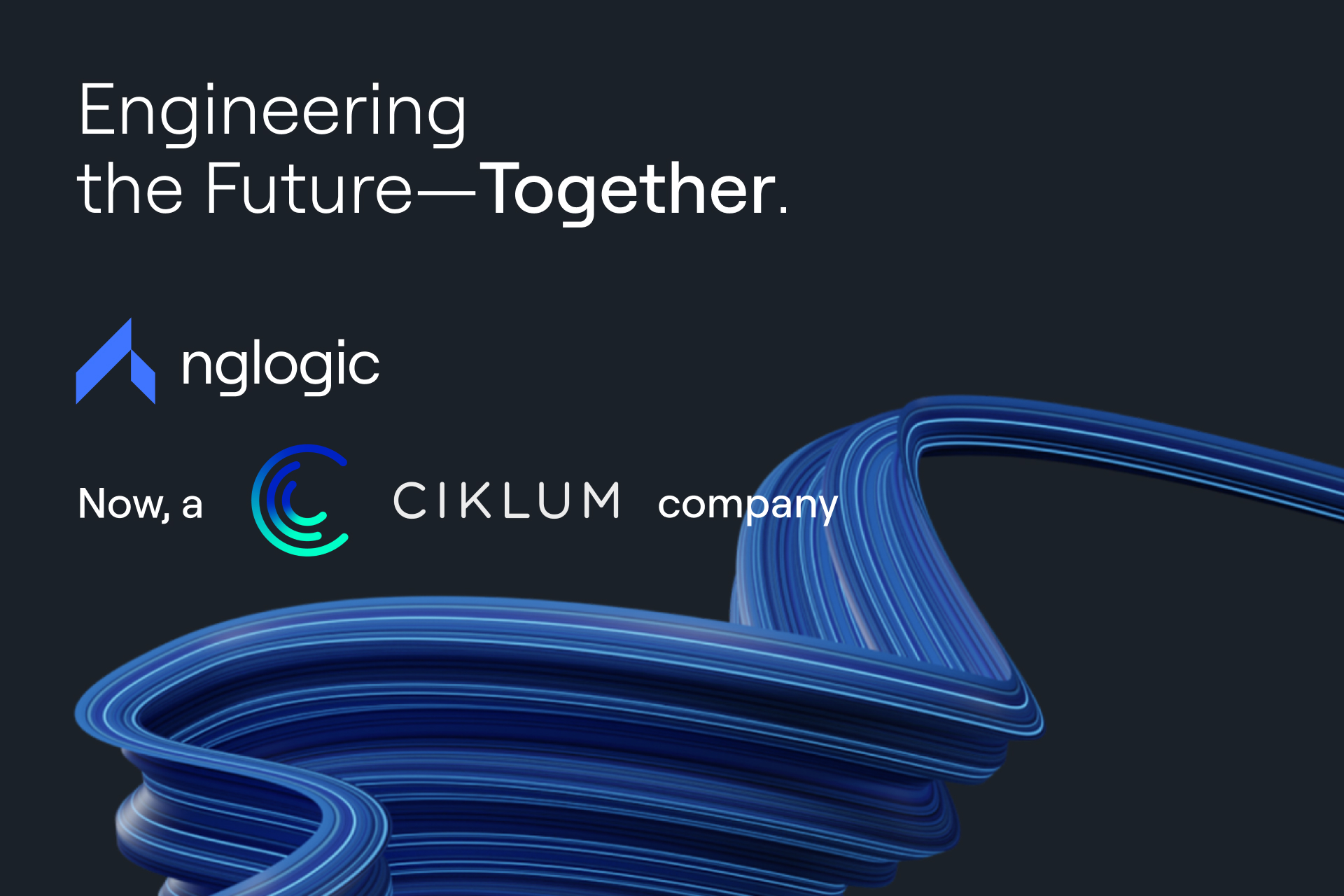Angular is a leading development tool for building sophisticated web apps. Check out the top applications fueled by this Google-backed platform and learn about its strengths and weaknesses.
Angular is a household name in the front-end development industry and the key competitor of React (aka ReactJS). As one of the leading web development frameworks, it is used by over 1.7 million websites in the US and over 6 million globally.
The platform offers several advantages for UI development, including a variety of out-of-the-box features and fast performance. For many years, it has been among the top choices for startups and corporations as one of the most efficient development tools for streamlining the front-end development process.
Let’s explain the basic concepts behind Angular and its predecessor, AngularJS, and move on to the overview of some of the most popular Angular and AngularJS apps.
What is Angular (and how is it different from AngularJS)?
Angular was developed by Google as an open-source framework for building single-page applications and progressive web apps providing platform-specific app-like experiences. It started as AngularJS (sometimes referred to as Angular 1), initially released in 2010, and discontinued in 2022 due to increasing vulnerabilities.
The “proper” Angular, aka Angular 2+, was launched in 2016 as a complete rewrite of the original framework and has been doing well ever since. The platform has been maintained by Google and a vast community of developers, providing robust support for new and existing Angular users.
Angular is commonly used for building complex and feature-packed web applications but can also be utilized for creating mobile apps. Developers choose Angular based on its features, scalability, and comprehensive tools it provides for web app development.
Key features of Angular vs AngularJS
Both Angular and AngularJS are Javascript frameworks, but the former is built on Typescript – JavaScript’s superset. Angular introduced a lot of functionality improvements compared to its predecessor, including the following:
- Angular improves data binding with a more efficient change detection mechanism, reducing the risk of performance bottlenecks (two-way data binding in AngularJS caused issues in complex apps);
- the new “iteration” of the framework introduces component-based architecture (an upgrade from AngularJS’s model-view-controller/MVC architecture), which divides apps into reusable Angular components, ensuring a more structured and maintainable codebase;
- Angular comes with enhanced dependency injection, making it easier to manage and test components;
- since its relaunch, the framework offers a command line interface (CLI), making it easier to scaffold, build, test, and deploy Angular applications with standardized commands;
- the Angular framework boasts better performance, including ahead-of-time (AOT) compilation for faster rendering (the default compilation since Angular 9).
Overall, Angular became a more powerful framework for building web applications.
Angular apps and Angular websites: top 7 examples
There are millions of Angular apps and Angular websites out there, and the number is growing. Some, though, stand out from the crowd both as major brands and Angular development achievements. Below, you’ll find a selection of some of the most prominent apps built with Angular.
Gmail
Gmail is the world’s most popular free email service, with over 1.5 billion active users, accounting for over 36% of email opens globally (as per 2021 data). Built with Angular, Gmail is a single-page application that serves as a perfect use case of the framework’s capabilities.
Google’s email system boasts intuitive design, easy navigation, and fast performance. Gmail’s success as an Angular-based app highlights the framework’s capacity to handle high loads of traffic and provide a seamless user experience.
PayPal
PayPal is another super successful Angular-based app that has shown to be effective in handling heavy traffic. Founded in 1998, the company has grown to become the biggest digital payment application globally, with total assets exceeding $78 billion.
Both the PayPal website and mobile app were built with Angular, which contributes to the system’s functionality and enhances its integration capabilities. With over 430 million users, the platform is truly a large-scale application and yet another proof of Angular’s capabilities.
UpWork
Upwork is a freelancing powerhouse servicing millions of users and handling over 55 million monthly visits. The platform, the 2021 Best Software Awards winner, connects talents with companies all over the world and needs to stay up to date with the UI and UX standards to outpace the competition.
Using Angular tools, Upwork has been able to provide users with a clean, intuitive interface for job search, freelancer screening, communication, and secure payments.
Netflix
With 220 million paid subscribers, Netflix is the largest video streaming provider on the globe. Built with Angular, Netflix offers a premium user experience and superior video quality. The framework’s component-based architecture enhances the user interface, ensuring an immersive viewing environment.
Angular’s scalability accommodates Netflix’s vast user base, enabling efficient content delivery to users worldwide. Last but not least, Angular makes it easier to craft a responsive interface that is adaptable across devices, which is crucial for a great user experience.
Deutsche Bank
Deutsche Bank, or simply Deutsche, is a player from a different league. Headquartered in Frankfurt, the institution has a history reaching the 19th century. It grew to become a multinational investment bank and financial services giant with €1.337 trillion in total assets.
As attested by MadeWithAngular.com, Angular developers contributed to creating the Deutsche Bank Developer Portal, Deutsche’s web channel for documenting its publicly available APIs and offering testing capabilities, self-serviced onboarding, and access to live data.
McDonald’s
Founded in 1940, the company quickly rose to prominence to become one of the most recognizable brands in the world. With $25.01 billion in revenue and over 40 thousand restaurants in different countries worldwide, McDonald’s is the top dog of the fast food industry. To stay on the top, the giant had to expand both offline and online, leveraging IT tools and web channels.
The company has used Angular in many projects, including its web page along with the corresponding mobile version. The key reasons for picking Angular for the job were its capability to create attractive UI and scalability.
Trivago
Trivago is a German travel tech founded in 2005. The company provides a global hotel search platform, aspiring to “be the traveler’s first and independent source of information for finding the ideal hotel at the lowest rate.” In 2017, Trivago launched its progressive web app.
The move allowed the company to solve a number of technical issues and contributed to rapid revenue growth thanks to improved functionality, including offline access. On its website, the company officially acknowledges using Angular, along with React, Vue, and its proprietary framework, Melody.
What are Angular’s key advantages?
Angular development allows software engineers to take full advantage of modern web platform capabilities and deliver top-notch web apps. Depending on the web project goals and specifications, Google’s framework may be a perfect fit for both PWA and single-page app development. Let’s briefly review Angular’s key benefits for crafting high-quality UIs.
Component-based architecture
The component-based architecture of Angular helps keep code reusable and maintainable, also contributing to faster development, better scalability, and more consistent design of web pages or other digital products.
Cross-platform development
Angular’s superpowers extend beyond single-page web apps, facilitating cross-platform development. The framework allows developers to build web, mobile, and desktop applications with a single codebase.
Comprehensive ecosystem
Angular has access to a rich ecosystem of libraries, resources, and many external tools, empowering developers to build feature-heavy apps.
Google’s and community support
In addition to being actively supported by Google, Angular has a large and active community that keeps the framework thriving through continuous improvement, troubleshooting, third-party libraries, etc.
Angular’s key considerations
Great as it is, Angular is not free from flaws. That being said, it’s worth stressing that its advantages far outweigh its shortfalls. Let’s point to key considerations.
Too much complexity
Angular is a feature-rich framework, which is good for many projects but not necessarily for smaller ones. For simpler apps and websites, an alternative, lightweight framework might be a better option.
Performance issues
Angular provides good performance for most applications, but it might not be as lightweight as some other frameworks, and the size of the framework itself can impact initial load times and runtime performance.
Steep learning curve
Angular has a steeper learning curve compared to some other front-end frameworks. Its extensive feature set, coupled with a complex syntax and a variety of concepts, can be challenging for beginners.
Verbosity
An Angular website or app can be more verbose in terms of code compared to projects built with some other frameworks. This “surplus” of code lines can result in larger file sizes and make development more time-consuming and costly.
Picking the proper framework for web development can be challenging. Let’s talk if you need help assessing the best approach to your next project with cost efficiency in mind.













 +1 (888)
413 3806
+1 (888)
413 3806